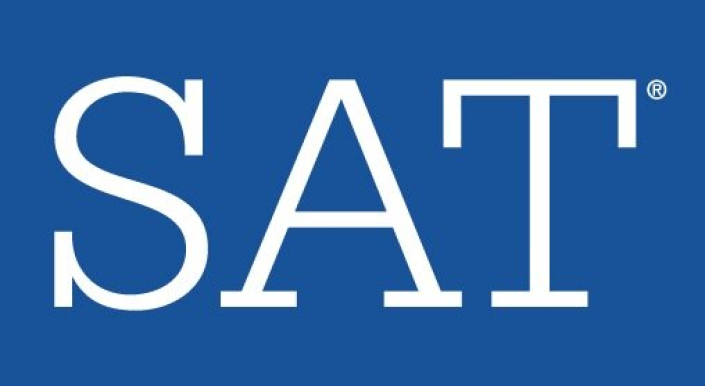The SAT is a standardized test widely used for college admissions in the United States. It was first introduced in 1926, and its name and scoring have changed several times, being originally called the Scholastic Aptitude Test, then the Scholastic Assessment Test, then the SAT Reasoning Test, and now simply the SAT.

The SAT is owned and published by the College Board, a private, nonprofit organization in the United States. It is developed and administered on behalf of the College Board by the Educational Testing Service. The test is intended to assess a student’s readiness for college. It is designed to not be aligned to high school curriculum.
The current SAT, introduced in 2005, takes 3 hours and 45 minutes to finish, and as of 2014 costs US$52.50 (up to US$94.50 outside of the United States), excluding late fees. Possible scores on the SAT range from 600 to 2400, combining test results from three 800-point sections: Mathematics, Critical Reading, and Writing.
Taking the SAT or its competitor, the ACT, is required for freshman entry to many, but not all, universities in the United States. On March 5, 2014, the College Board announced that a redesigned version of the SAT would be administered for the first time in 2016. The exam will revert to the 1600-point scale, the essay will be optional, and students will have 3 hours to take the exam plus 50 additional minutes to complete the essay.
